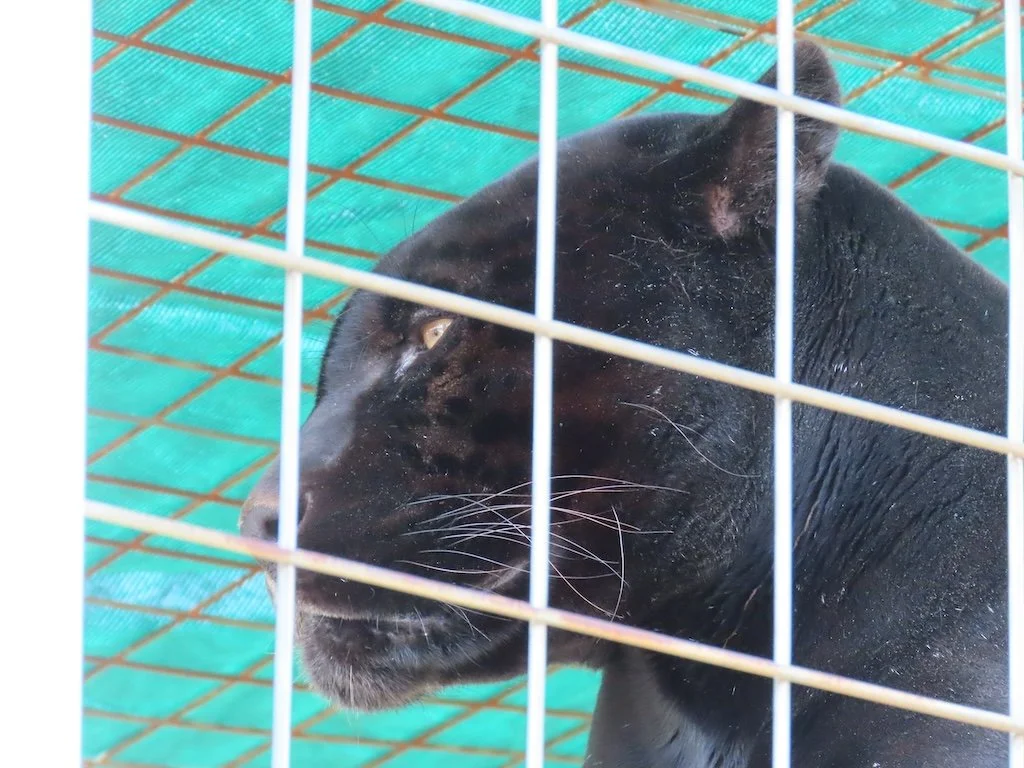Turpentine Creek Wildlife Refuge
/On our first day in Eureka Springs, we enjoyed the Eureka Springs & Northern Arkansas excursion train and the Blue Spring Heritage Center. We had dinner at a local café (Sparks Roadhouse) and were at the hotel (Quality Inn Eureka Springs South) before the thunderstorms started. The hotel was different than I expected – more Victorian and with gardens. I took a few pictures as we packed up the car after breakfast.
My daughter had give us a Pride Membership to Turpentine Creek Wildlife Refuge for Christmas and my husband made reservations for our morning tour (one of the benefits of the membership). Before the tour we walked around some of the enclosures. Taking pictures is challenging – requiring focusing on the cat rather than the cage; it’s possible to make the cage (almost) disappear!
In one enclosure there were two cats that were in motion. A staff member did a training session with one of them; using hand motions and sound to prompt the cat to move in certain ways…rewarding with a morsel of food (looked like chicken). This activity makes it easier to assess the animal’s health in the least traumatic way so is something they try with all the animals.
The tour is done on a tram with several parts; we were impressed that the sound system was very good and enjoyed the commentary about each cat.
Servals are not that much bigger than house cats…but they are evidently much more aggressive and spray frequently…they make awful pets. Evidently quite a few people have tried it and most of the rescues are from those failed attempts. They also have a serval – domestic cat cross; it is a bit smaller and looks more like a domestic cat…but has the behavior of a serval!
The enclosures have 3 areas – an enclosed ‘den,’ a night cage that includes the den and some area around it, and the larger enclosure. Most enclosures have two night cages to enable the refuge to house two cats in each (only one cat out in the larger enclosure at a time) to provide backup capacity for emergency rescues. When we were there, the cats (and the grizzly bear) were out in the larger enclosure…enjoying the morning sun.
The refuge offers several forms of lodging and we are considering going back in the fall for that adventure. The cats vocalize more at dawn and dusk!
































